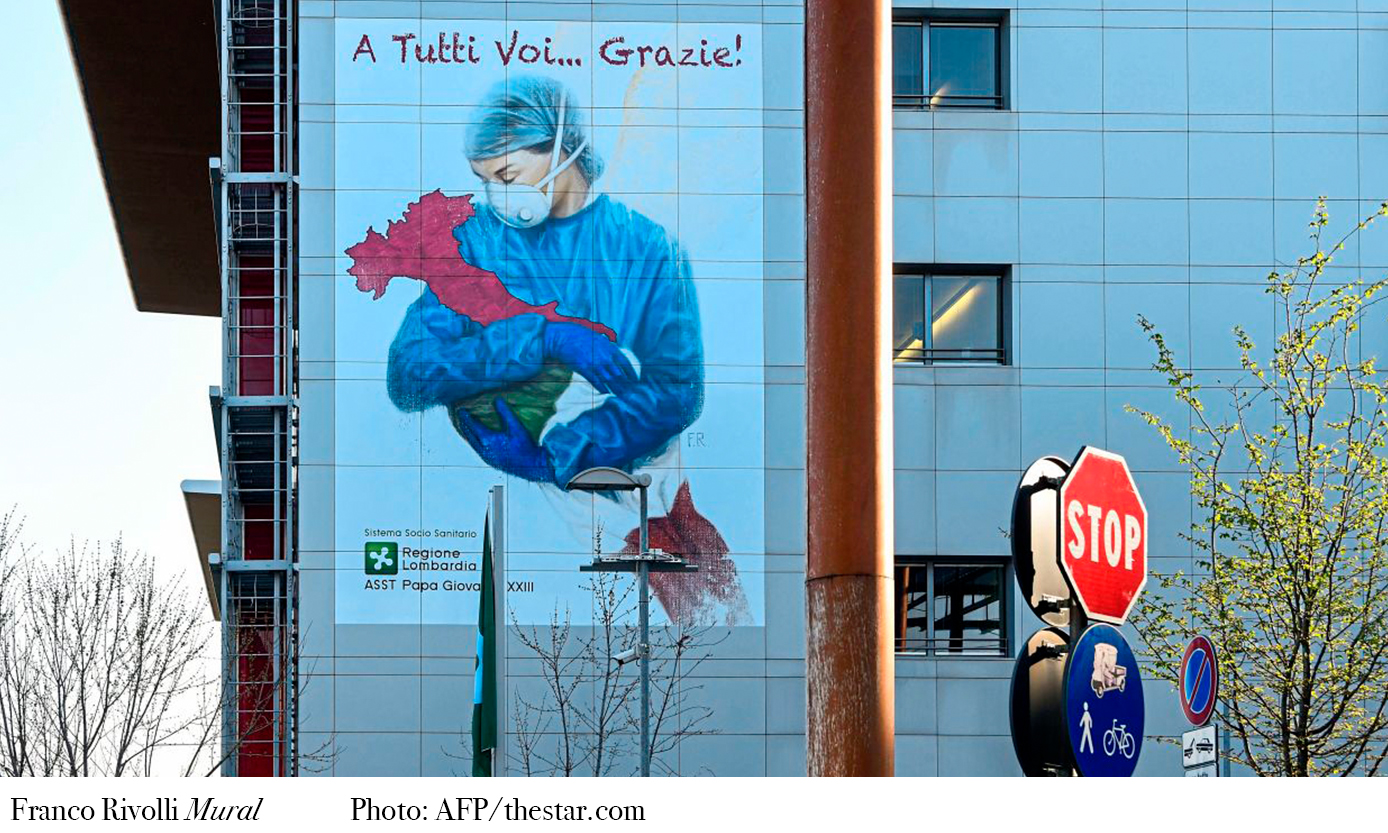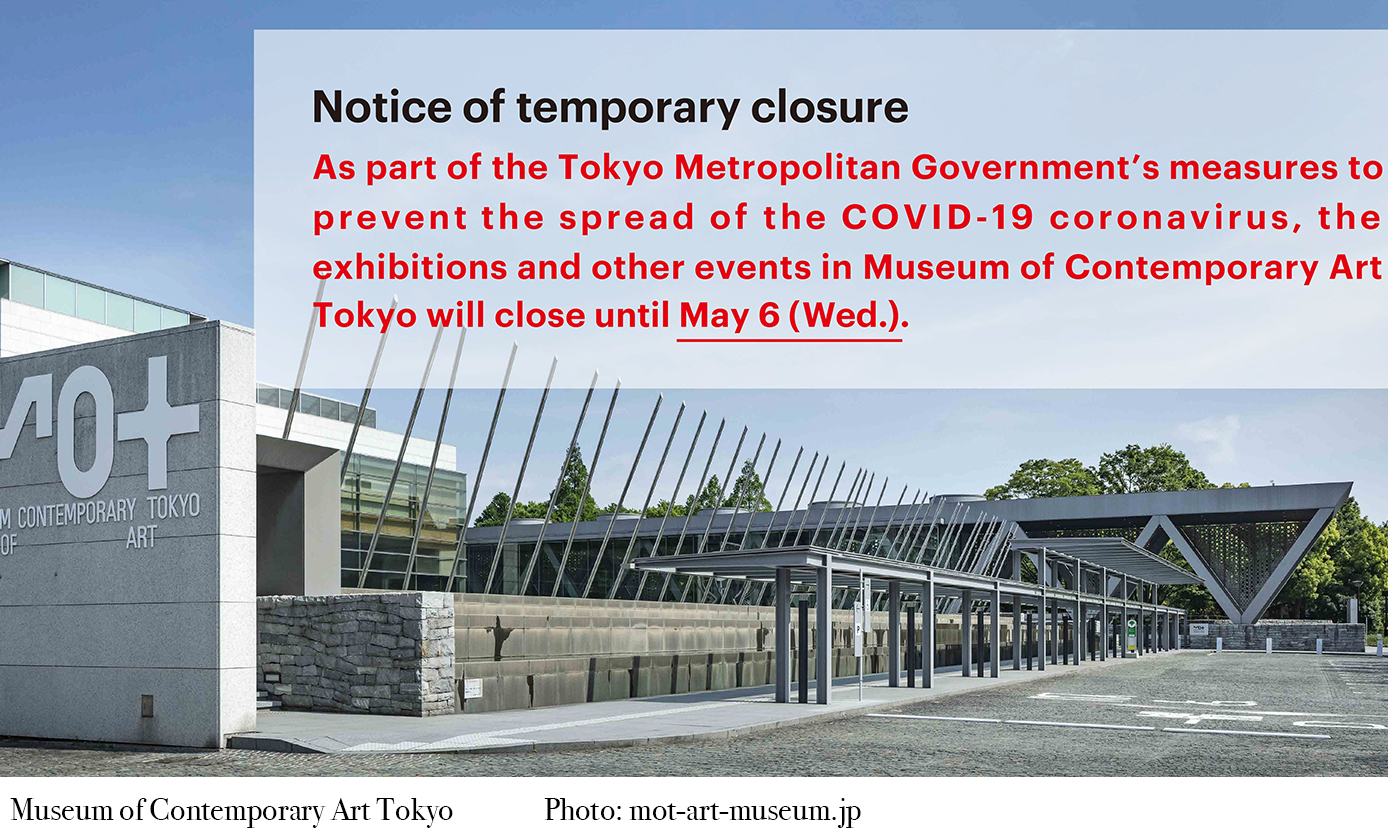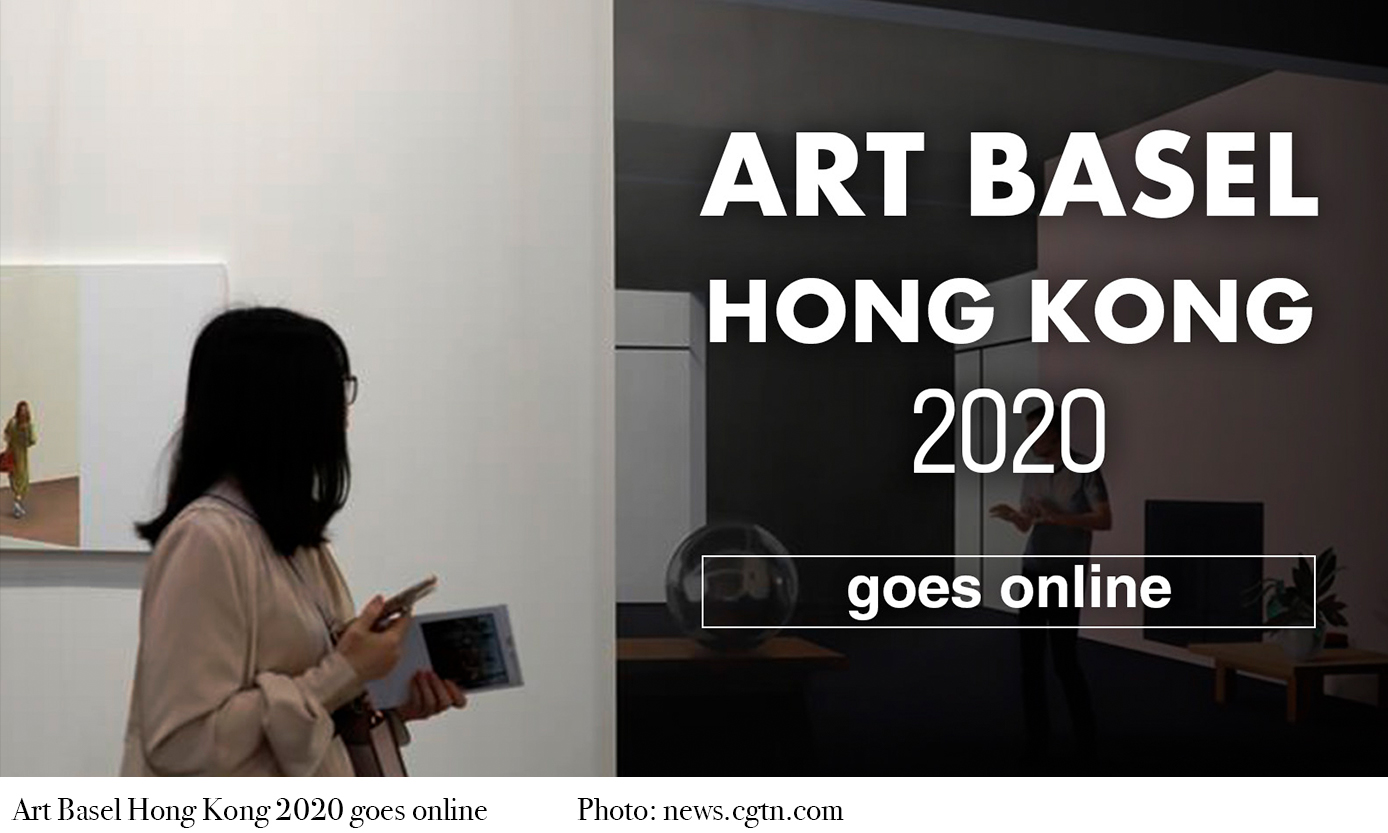
COVID-19 and the birth of new art communities
By Elena Coll
As the coronavirus pandemic continues to spread across the globe, millions of people are locking themselves in and reducing their contact with society. Doctors, nurses, cleaners, farmers and drivers become the world’s most important workers. And as the coronavirus fear starts to become the new normal, millions of families are starting to face a new fear: what of our jobs, our savings, our future? The art world family is no exception.
Once a scary disease in a far away land, coronavirus is now a worldwide reality. And so is the economic recession that will result from this pandemic. An interconnected global economy has taken a hard hit since main cities in China, one of the biggest economic hubs in the world, established severe lockdown measures. Since then, cities across the world have followed, with non-essential businesses closed and citizen movement reduced. Not a single industry has remained untouched, and this of course includes the art world.
Not only have the world’s biggest art fairs been cancelled, postponed or relocated: museums have been forced to resort to mass layoffs, and peripheral art world services such as specialized art shipping companies and exhibition design companies have stopped their activities. When we think of the art world we immediately think of the gallerists, the curators and the auctioneers. But what about those who clean, those who transport, those who care for the security and integrity of the artwork? What about the artists? Thousands of people work in our industry, and they depend on a vibrant art community to make it through this.
While the bigger galleries will probably come out of this unharmed, a lot of smaller independent projects will never see the light of day again. And yet there are some who are finding a new playing field: the virtual world. Art Basel Hong Kong, one of the most important art fairs for the market went online after being forced to shut down, and with this set an example of new possibilities. This was not only an important effort in terms of finding solutions to the crisis, it was also a new way to support those galleries who depend on their art fair sales to make it year after year.
This is all still pretty new, and it will take some time to adjust to the ever-changing new normal. It will also take some time to know what the art world and its market will look like after this pandemic and its consequential economic recession. But one thing is for sure: art will go on. And we have the luck of having, quite literally, all the creative forces on our side. Every day artists, gallerists and curators are coming up with new and exciting ways to face the crisis. Some are hosting virtual exhibitions for recently-graduated artists. Some are launching online auction rooms. All are working hard to keep their projects afloat.
During these hard times, let us support each other in any way we can. Let us reach out to our local independent gallery, to our local art collective, to our local emerging artists. We will come out of this. We will again be able to meet in an exhibition room and have a shared experience of art. Until then, let’s find ways to stay connected. Let’s build a global art community.
Elena Coll is an editor and translator, graduated from Studies and Culture Management. She works in various media focused on art, the environment and feminisms.





